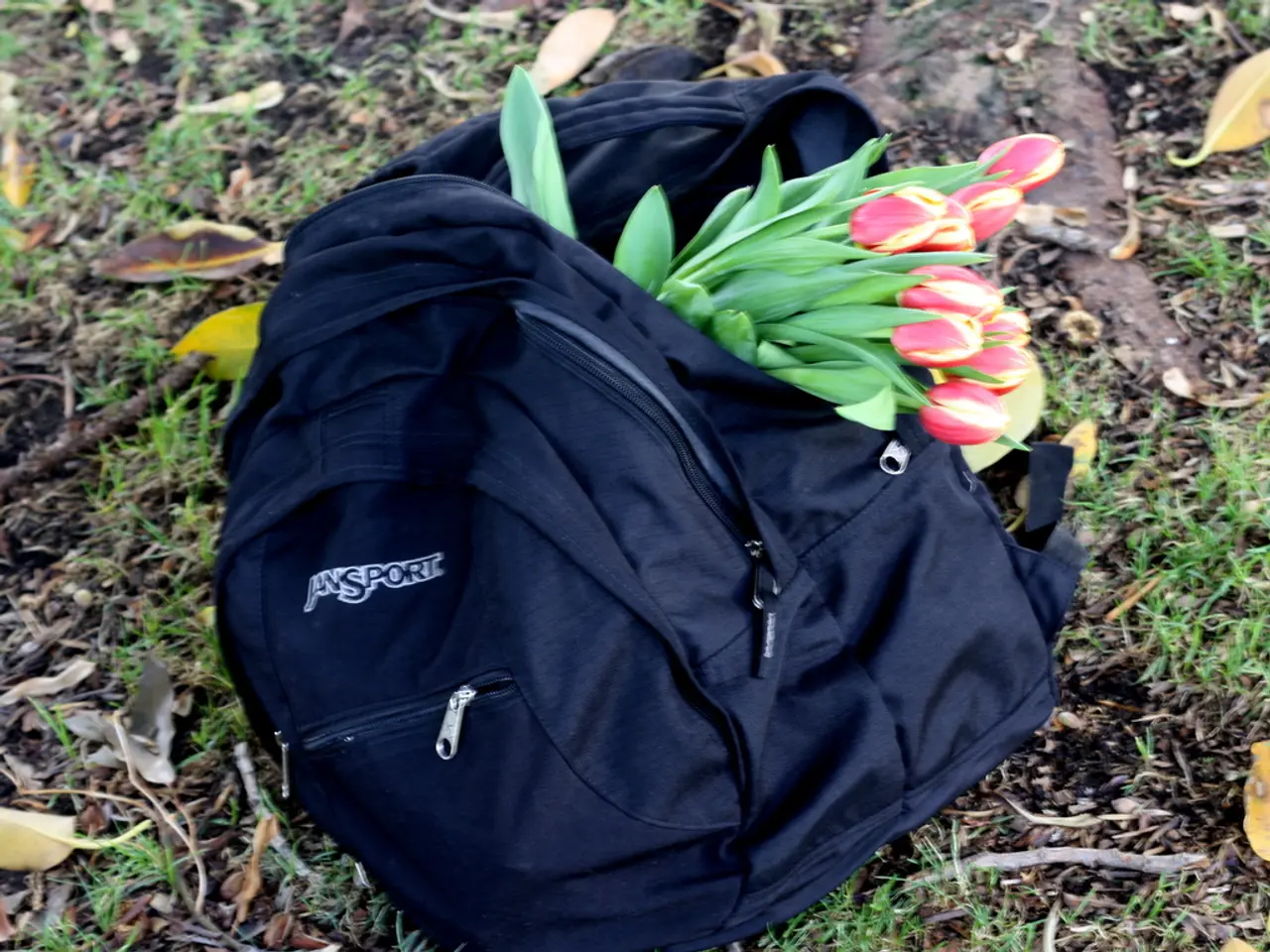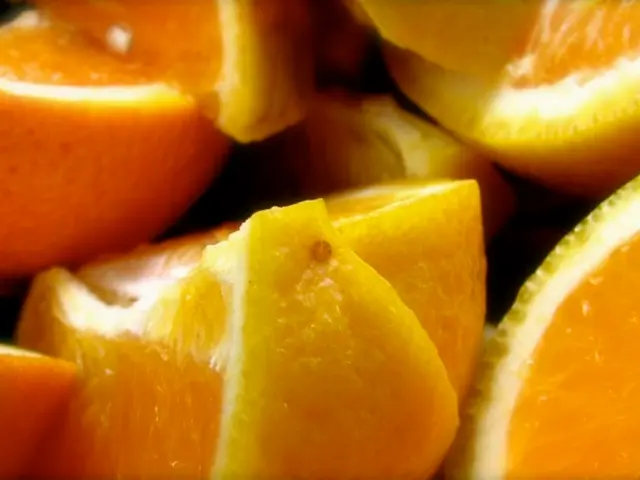Enhancing Soil Quality through Burlap Mulching Methods
In the world of gardening, burlap mulch has proven to be a versatile and effective tool for enhancing soil health and promoting plant growth. This humble fabric, often associated with packaging, has found a new purpose in nurturing our gardens.
Burlap mulch, when used in combination with other materials, offers a range of benefits that contribute to soil health and plant vitality. One such companion is pine straw mulch, which complements burlap well by helping conserve moisture, regulate soil temperature, and deter weed growth. Together, they create an ideal environment for plants, promoting better root growth and ensuring access to the water needed for growth and development.
Burlap's ability to act as a barrier helps retain moisture in soil, particularly beneficial in hot and dry climates or during periods of drought. It also suppresses weed growth by inhibiting the germination and growth of weed seeds. This makes it a powerful weapon against unwanted vegetation, saving gardeners time and effort.
When it comes to soil erosion, burlap mulch shines, particularly on sloped or exposed sites. By reducing the impact of raindrops, it prevents soil erosion and helps keep the garden intact.
Fallen leaves, when used in combination with burlap, provide insulation, suppress weeds, and contribute to soil fertility as they decompose. This makes for a symbiotic relationship between the two, with each offering benefits to the other.
Straw, when paired with burlap, helps retain moisture, suppress weeds, and insulate the soil for optimal plant growth. Cardboard sheets underneath burlap mulch can effectively smother weeds and prevent them from growing through the mulch.
Burlap mulch can be used in combination with other erosion control strategies, such as planting cover crops or installing retaining walls. Wood chips or bark mulch, layered over burlap, help retain moisture, regulate soil temperature, and suppress weeds.
Additional materials that work well with burlap mulch in a garden include wood shavings, straw, pea gravel, river stones, and other types of mulch such as wood chips, shredded bark, and pine needles. These materials complement burlap mulch by enhancing weed control, soil cooling, moisture retention, and providing aesthetic and functional layering benefits.
Pea gravel, river stones, and pavers work well beneath or alongside burlap mulch to prevent weeds, improve drainage, and add decorative appeal. River stones and pea gravel can also protect landscape fabric (often used under burlap or mulch) and prevent erosion.
Layering techniques, such as combining a thin compost layer underneath wood chips or bark mulch, enhance soil nutrition and cooling effects. Burlap helps hold moisture and reduce heat stress on roots. Using shade cloths or garden netting above mulched areas can further stabilise soil temperature and reduce plant stress in summer, complementing the mulch’s benefits.
As burlap decomposes, it adds organic matter to the soil, improving its texture and fertility. Compost added to burlap mulch improves soil structure, enhances microbial activity, and provides nutrients to plants. Burlap can also be used as a liner for raised beds to prevent soil from washing off the bottom of the beds when watering crops.
Buying burlap in bulk can help reduce costs for larger gardening projects. With its affordability and versatility, burlap is a popular choice for a wide range of gardening projects.
In conclusion, burlap mulch is a valuable asset in gardening, offering benefits that contribute to soil health, plant vitality, and overall garden success. Whether used alone or in combination with other materials, burlap mulch is a tool that every gardener should consider adding to their arsenal.
[1] Soil Health and Mulching Techniques: A Comprehensive Guide. (2020). Gardenology.com [2] The Art of Layering in Gardening: A Step-by-Step Guide. (2021). GardenersHQ.com [3] The Ultimate Guide to Mulching: Techniques, Materials, and Benefits. (2019). BackyardGardener.net [4] Burlap Mulch: A Surprisingly Effective Gardening Tool. (2021). GreenThumbsToday.com [5] Shade Cloths and Garden Netting: A Gardener's Guide. (2020). ShadeCloths4Garden.com
Home-and-garden enthusiasts can enhance their gardening lifestyle by incorporating burlap mulch into their soil management. This versatile fabric not only aids in soil health and plant growth but also helps conserve moisture, regulate soil temperature, and deter weed growth.
With its ability to smother weeds and prevent soil erosion, burlap mulch, when combined with other materials such as straw or pine straw mulch, creates an ideal environment for plants, promoting better root growth and ensuring access to the water needed for growth and development. As a result, it's a valuable asset in gardening, contributing to soil health, plant vitality, and overall garden success.




